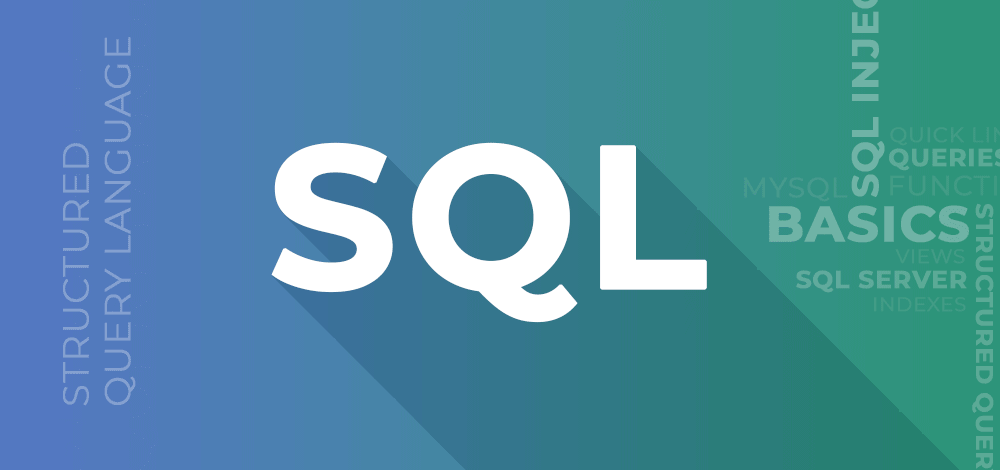Here is the SQL Learning Plan in 2024:
|– Week 1: Introduction to SQL
| |– SQL Basics
| | |– What is SQL?
| | |– History and Evolution of SQL
| | |– Relational Databases
| |– Setting up for SQL
| | |– Installing MySQL/PostgreSQL
| | |– Setting up a Database
| | |– Basic SQL Syntax
| |– First SQL Queries
| | |– SELECT Statements
| | |– WHERE Clauses
| | |– Basic Filtering
|
|– Week 2: Intermediate SQL
| |– Advanced SELECT Queries
| | |– ORDER BY
| | |– LIMIT
| | |– Aliases
| |– Joining Tables
| | |– INNER JOIN
| | |– LEFT JOIN
| | |– RIGHT JOIN
| | |– FULL OUTER JOIN
| |– Aggregations
| | |– COUNT, SUM, AVG, MIN, MAX
| | |– GROUP BY
| | |– HAVING Clauses
|
|– Week 3: Advanced SQL Techniques
| |– Subqueries
| | |– Basic Subqueries
| | |– Correlated Subqueries
| |– Window Functions
| | |– ROW_NUMBER, RANK, DENSE_RANK
| | |– NTILE, LEAD, LAG
| |– Advanced Joins
| | |– Self Joins
| | |– Cross Joins
| |– Data Types and Functions
| | |– Date Functions
| | |– String Functions
| | |– Numeric Functions
|
|– Week 4: Database Design and Normalization
| |– Database Design Principles
| | |– ER Diagrams
| | |– Relationships and Cardinality
| |– Normalization
| | |– First Normal Form (1NF)
| | |– Second Normal Form (2NF)
| | |– Third Normal Form (3NF)
| |– Indexes and Performance Tuning
| | |– Creating Indexes
| | |– Understanding Execution Plans
| | |– Optimizing Queries
|
|– Week 5: Stored Procedures and Functions
| |– Stored Procedures
| | |– Creating Stored Procedures
| | |– Parameters in Stored Procedures
| | |– Error Handling
| |– Functions
| | |– Scalar Functions
| | |– Table-Valued Functions
| | |– System Functions
|
|– Week 6: Transactions and Concurrency
| |– Transactions
| | |– ACID Properties
| | |– COMMIT and ROLLBACK
| | |– Savepoints
| |– Concurrency Control
| | |– Locking Mechanisms
| | |– Isolation Levels
| | |– Deadlocks and How to Avoid Them
|
|– Week 7-8: Advanced SQL Topics
| |– Triggers
| | |– Creating and Using Triggers
| | |– AFTER and BEFORE Triggers
| | |– INSTEAD OF Triggers
| |– Views
| | |– Creating Views
| | |– Updating Views
| | |– Indexed Views
| |– Security
| | |– User Management
| | |– Roles and Permissions
| | |– SQL Injection Prevention
|
|– Week 9-11: Real-world Applications and Projects
| |– Capstone Project
| | |– Designing a Database Schema
| | |– Implementing the Schema
| | |– Writing Complex Queries
| | |– Optimizing and Tuning
| |– ETL Processes
| | |– Data Extraction
| | |– Data Transformation
| | |– Data Loading
| |– Data Analysis and Reporting
| | |– Creating Reports
| | |– Data Visualization with SQL
| | |– Integration with BI Tools
|
|– Week 12: Post-Project Learning
| |– Database Administration
| | |– Backup and Restore
| | |– Maintenance Plans
| | |– Performance Monitoring
| |– SQL in the Cloud
| | |– AWS RDS
| | |– Google Cloud SQL
| | |– Azure SQL Database
| |– Continuing Education
| | |– Advanced SQL Topics
| | |– Research Papers
| | |– New Developments in SQL






